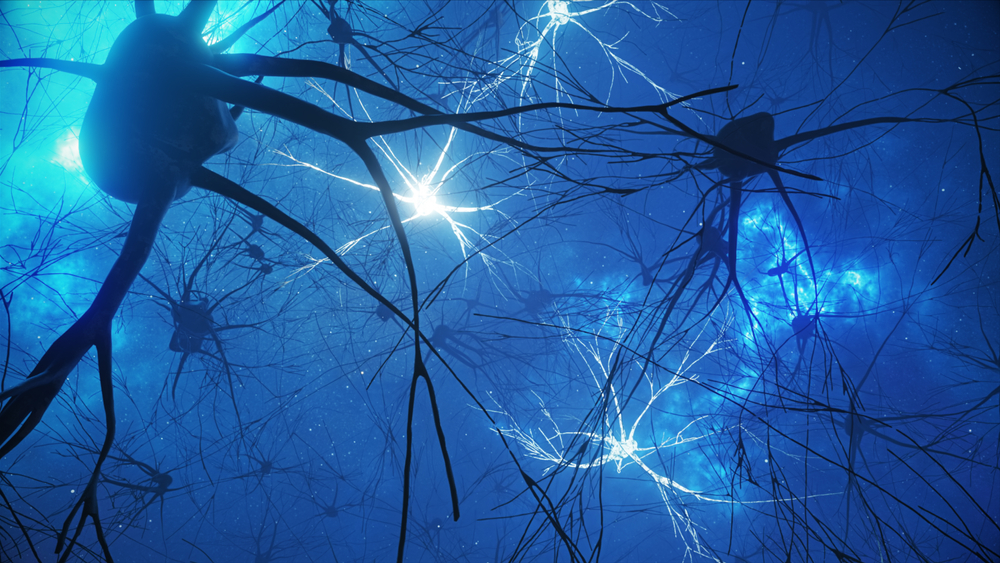At a Glance
- Researchers identified a brain circuit in mice that plays a previously unknown role in providing pain relief.
- This newly recognized pathway may point to novel approaches for treating pain.
Scientists have long known that when a patient receives medical care, their health can improve even if they’re given only an inactive treatment, like a sugar pill. This is called the placebo effect. When a sham treatment leads to pain relief, it’s called placebo analgesia. Research has shown that the expectation of pain relief is key to placebo analgesia.
Imaging studies have identified brain regions that are activated when people anticipate pain relief. But the underlying biological pathways have been poorly understood.
To take an in-depth look, a research team led by Dr. Grégory Scherrer of the University of North Carolina at Chapel Hill studied mice to allow for detailed examination of brain pathways. Their findings were described in Nature on July 24, 2024.
To mimic the human expectation of pain relief, the scientists trained mice to expect pain relief when they moved from one location to another. During a conditioning phase, mice entered a chamber with a hot floor (over 100° F). They learned to expect pain relief when they moved into the adjacent chamber, which had a cooler floor.
After three days of conditioning, the scientists made the floors in both chambers hot. Yet the conditioned mice continued to show a preference for the second chamber, which had a cooler floor before but was now set at the same hot temperature. Notably, these mice displayed fewer signs of discomfort in that chamber, such as paw-licking or jumping. They also had other reactions akin to human placebo analgesia, such as reduced sensitivity to painful stimuli.
To identify the brain pathways activated during placebo analgesia, the researchers focused on a brain region called the anterior cingulate cortex (ACC), which has been tied to pain relief in humans. They found that ACC nerve cells activated in the conditioned mice linked not only to expected brain regions but also to an area called the pontine nucleus (Pn). The Pn serves as a connector between the ACC and the brain’s cerebellum, mostly known for coordinating movement.
Further analysis showed that in conditioned mice, the expectation of pain relief led to increased activation of the ACC neurons that are connected to Pn neurons. The researchers found that the Pn neurons were studded with a large number of pain-modulating opioid receptors, further hinting at a role in placebo analgesia.
When the scientists inhibited neurons of the ACC-to-Pn pathway in conditioned mice, pain behaviors like paw licking arose sooner in the heated chambers, indicating a disruption in placebo analgesia. When they activated neurons of the pathway in unconditioned mice, it led to pain relief.
The scientists also found that Purkinje cells, a type of neuron unique to the cerebellum, had activation patterns similar to those of ACC neurons in mice expecting pain relief. The researchers note that the pain-reducing pathway that links the ACC, Pn, and cerebellum could be a promising target for developing new approaches to pain relief.
Human pain is complex and involves the activity of many parts of the brain, but these results suggest a potential new pathway to target for pain relief. “We all know we need better ways to treat chronic pain, particularly treatments without harmful side effects and addictive properties,” Scherrer says. “We think our findings open the door to targeting this novel neural pain pathway to treat people in a different but potentially more effective way.”
—by Vicki Contie
References: Neural circuit basis of placebo pain relief. Chen C, Niehaus JK, Dinc F, Huang KL, Barnette AL, Tassou A, Shuster SA, Wang L, Lemire A, Menon V, Ritola K, Hantman A, Zeng H, Schnitzer MJ, Scherrer G. Nature. 2024 Jul 24. doi: 10.1038/s41586-024-07816-z. Online ahead of print. PMID: 39048016
Funding: NIH’s National Institute of Neurological Disorders and Stroke (NINDS) and National Institute on Drug Abuse (NIDA); New York Stem Cell Foundation; Stanford School of Medicine Dean’s Fellowship; Biogen; Stanford Mind, Brain, Computation and Technology Program; Vannevar Bush Faculty Fellowship.





